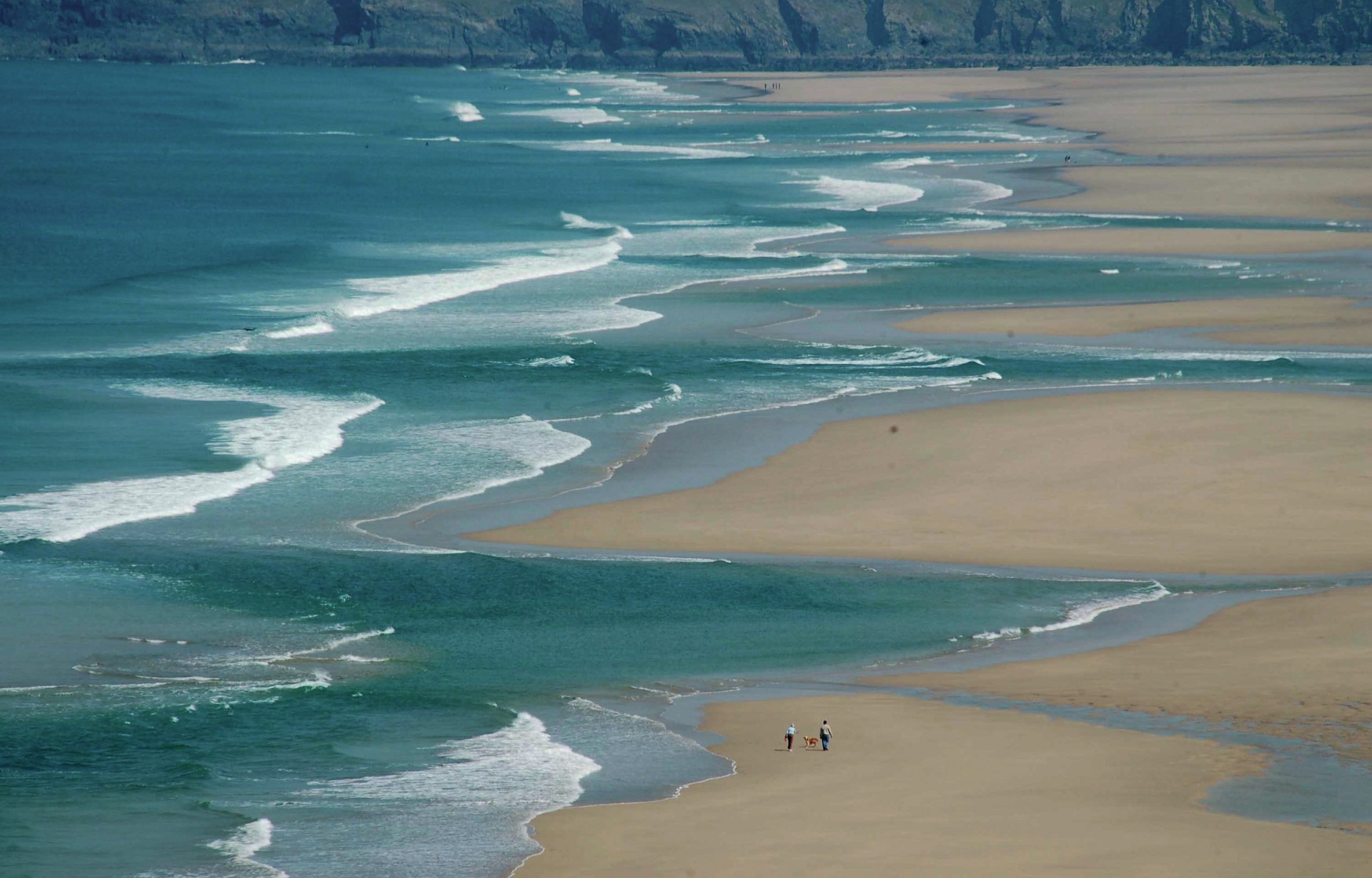
Have you ever wondered how beach lifeguards decide where to place their red and yellow flags to indicate safe-swimming areas? On sandy beaches with large waves there are often sand bars (shallower areas) under the water (Photograph 1). Deeper channels between these bars either run along the beach or cut across the sand bars. The complicated shape of the bars and channels, referred to as the bar/channel morphology, causes complicated wave refraction patterns.
Strong currents can be present in the channels and when the flow is away from the beach, towards the sea, these currents are called rip currents. Flow velocities in rip currents often exceed the speed at which people can swim and can easily drag unsuspecting swimmers out to sea. So beach lifeguards place their flags away from rip currents and near the shallow sand bars where bathing is safest.
Your organisation does not have access to this article.
Sign up today to give your students the edge they need to achieve their best grades with subject expertise
Subscribe




